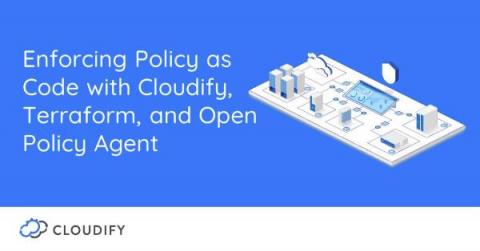Cloudify 7 Goes Native
Kubernetes has revolutionized the management of containerized applications, but what about non-Kubernetes resources? Can Kubernetes extend its capabilities to encompass those as well? Cloudify, known for its ability to fit into highly distributed and heterogeneous environments, is making a significant stride in this direction with the release of Cloudify 7. In this blog, we explore how Cloudify brings its powerful capabilities natively into the Kubernetes ecosystem.





